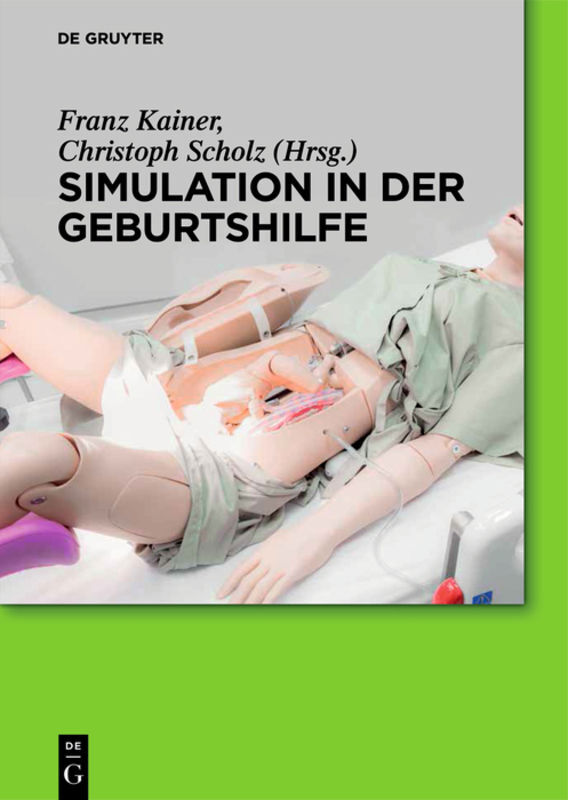Traditional Chinese Medicine
Derived from ancient Chinese philosophy, Traditional Chinese Medicine is considered to be difficult to understand. This book provides an overview of Traditional Chinese Medicine by illustrating the topics of visceral manifestation, etiology and pathology in a clear manner to readers. Clinical treatments are included to serve as references for practice. This book is well-suited for both researchers and practitioners.
Table of content:
Chapter 1 Introduction
1.1 The discipline nature and properties in traditional Chinese Medicine
1.1.1 TCM is characterized by its natural science nature
1.1.2 TCM has the characteristics of social science
1.1.3 The mutual influences between TCM and ancient Chinese philosophy
1.1.4 TCM is a product of the multidisciplinary interactions
1.2 The main characteristics of TCM theory
1.2.1 Concept of holism
1.2.2 Differential diagnosis and treatment
Chapter 2 The Philosophical Basis of Traditional Chinese Medicine
2.1 Theory of yin and yang
2.1.1 The basic concept of yin and yang
2.1.2 The basic contents of yin and yang theory
2.1.3 The applicable examples in TCM of the yin and yang theory
2.2 Five elements theory
2.2.1 Fundamental concepts and characters of the five elements
2.2.2 The classification of the five elements
2.2.3 The cycle of generation, restriction, over-restriction and counter-restriction in five elements
2.2.4 The application of five elements theory in TCM
Chapter 3 Visceral Manifestation
3.1 Summarization of visceral manifestations
3.2 Five zang-organs
3.2.1 Heart
3.2.2 Lung
3.2.3 Spleen
3.2.4 Liver
3.2.5 Kidney
3.3 Six fu-organs
3.3.1 Gallbladder
3.3.2 Stomach
3.3.3 Small intestine
3.3.4 Large intestine
3.3.5 Urinary bladder
3.3.6 Triple-jiao
3.4 Extraordinary fu-organs
3.4.1 Brain
3.4.2 Uterus
3.5 The relationships among the zang and fu organs
3.5.1 The relationships among the six fu-organs
3.5.2 The relationship between the five zang-organs and six fu-organs
Chapter 4 The Theory of Qi, Blood and Body Fluids
4.1 Qi
4.1.1 Concept of qi
4.1.2 Production of qi
4.1.3 Movement of qi
4.1.4 Functions of qi
4.1.5 Classification of qi
4.2 Blood
4.2.1 Concept of blood
4.2.2 Production of blood
4.2.3 Functions of blood
4.2.4 Blood circulation
4.3 Body fluids
4.3.1 Concept of body fluids
4.3.2 Metabolism of body fluids
4.3.3 Function of body fluids
4.4 The relationships among qi, blood and body fluids
4.4.1 The relationship between qi and blood
4.4.2 The relationship between qi and body fluids
4.4.3 The relationship between blood and body fluids
Chapter 5 Theory of Meridians and Collaterals
5.1 Overview of the theory of the meridians and collaterals
5.1.1 The concept of the meridians and collaterals
5.1.2 Composition of the meridian
5.2 Twelve meridians
5.2.1 Nomination of twelve meridians
5.2.2 Route and connection of the twelve meridians
5.2.3 Distribution of the twelve meridians
5.2.4 Exterior& interior relationship
5.2.5 Circulating sequence of the twelve meridians
5.2.6 Travelling routes of the twelve meridians
5.3 Eight extra meridians
5.3.1 Concept and functions of eight extra meridians
5.3.2 Distribution and physiological functions of the eight extra meridians
5.4 P ysiological functions and applications of the meridians
5.4.1 Physiological functions of the meridian
5.4.2 Application of the theory of the meridian
Chapter 6 Constitutional Theory
6.1 Concept of constitutional theory
6.1.1 Basic concept of constitution
6.1.2 Signs and characteristics of constitution
6.2 Factors affecting constitution
6.2.1 Relationship of the constitution to viscera, meridians, essence, qi, blood and body fluids
6.2.2 Factors which affect the constitution
6.3 Classification of constitution
6.3.1 Balance constitution
6.3.2 Yang-inclinedconstitution
6.3.3 Yin-inclinedconstitution
6.4 Application of the constitution theory
6.4.1 Explanation of the susceptibility of individual to certain pathogens
6.4.2 Illustrating the etiology
6.4.3 Explaining the pathological changes
6.4.4 Guiding syndrome differentiation
6.4.5 Guiding treatment
6.4.6 Guiding the health maintenance
Chapter 7 Onset of Disease
7.1 Concept of pathogenesis
7.2 Cardinal principle of disease onset
7.2.1 Deficiency of vital qi is the intrinsic factor for the pathogenesis
7.2.2 Pathogenic qi is an important factor to cause the disease
7.2.3 Struggle between pathogenic and vital qi determines the progress and prognosis of disease
Chapter 8 Etiology
8.1 Exogenous pathogens
8.1.1 Six evils
8.1.2 Pestilential pathogens
8.2 Endogenous pathogens
8.2.1 Internal injury due to mental disorders
8.2.2 Injury due to improper diet
8.2.3 Injury due to overstrain and over-idleness
8.3 Pathogens from pathological products
8.3.1 Water-dampness, phlegm and retained fluid
8.3.2 Blood stasis
8.3.3 Calculus
8.4 Other pathogens
8.4.1 Medicine abuse
8.4.2 Iatrogenic pathogen
Chapter 9 Pathogenesis
9.1 Exuberance and debilitation between vital and pathogen
9.1.1 Concept of pathogen, vital, exuberance and debilitation
9.1.2 Changes of deficiency or excess
9.1.3 The relationships among pathogen, vital qi, excess and deficiency as well as the outcome of disease
9.2 Imbalance of yin and yang
9.2.1 Concept of imbalance of yin and yang
9.2.2 Types of imbalance of yin and yang
9.3 Disorders of qi, blood, and body fluids
9.3.1 Disorders of qi
9.3.2 Disorder of blood
9.3.3 Disharmony between qi and blood
9.3.4 Metabolic disorders of body fluids
9.3.5 Disharmony between qi, blood and body fluids
Chapter 10 Principles of Prevention and Treatment of Disease
10.1 Principles of disease prevention
10.1.1 Disease prevention prior to its outbreak
10.1.2 Controlling the development of existing disease
10.2 Principles of treatment
10.2.1 Treating the root of the disease
10.2.2 Strengthening the vital and dispelling the pathogen
10.2.3 Regulating yin and yang
10.2.4 Regulating qi and blood
10.2.5 Regulating the viscera
10.2.6 Three optimal treatment administrations
Hu, Dongpei
Tsinghua University Press
| ISBN | 9783110417296 |
|---|---|
| Artikelnummer | 9783110417296 |
| Medientyp | Buch |
| Copyrightjahr | 2015 |
| Verlag | De Gruyter |
| Umfang | X, 179 Seiten |
| Abbildungen | 23 b/w ill., 2 b/w tbl. |
| Sprache | Englisch |

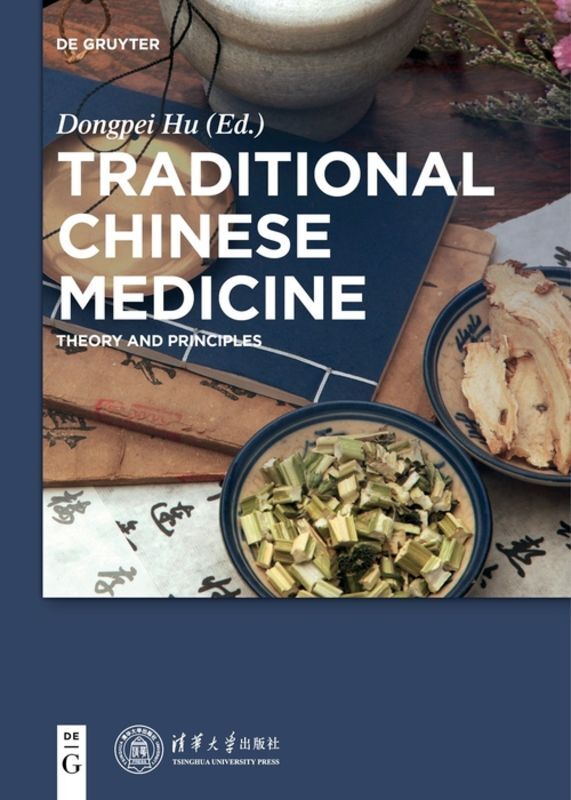
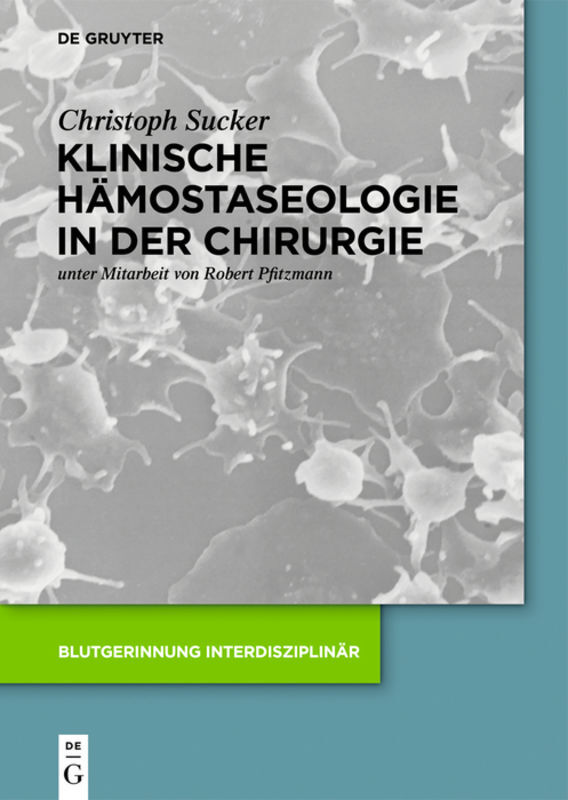
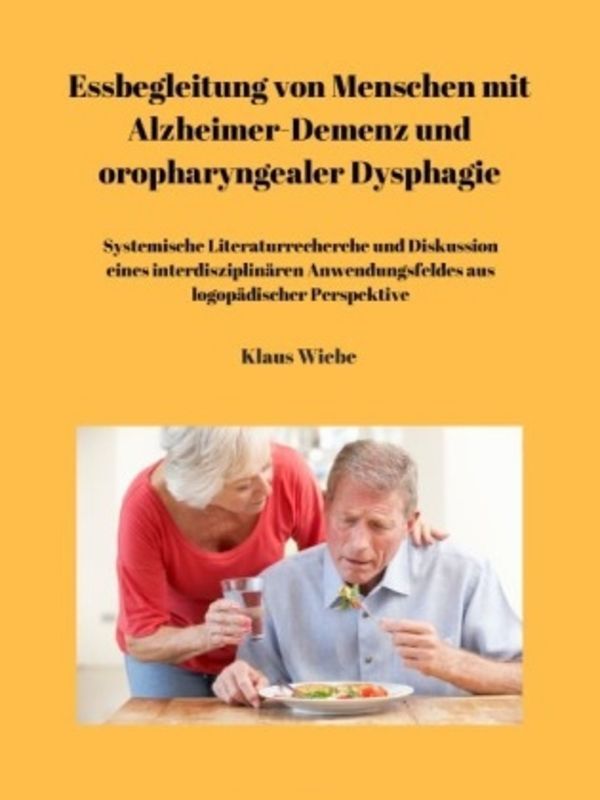
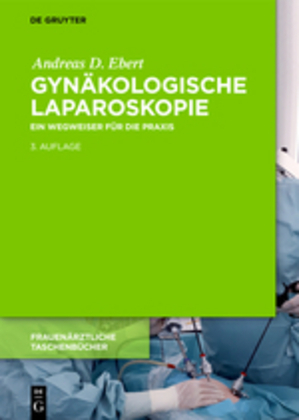
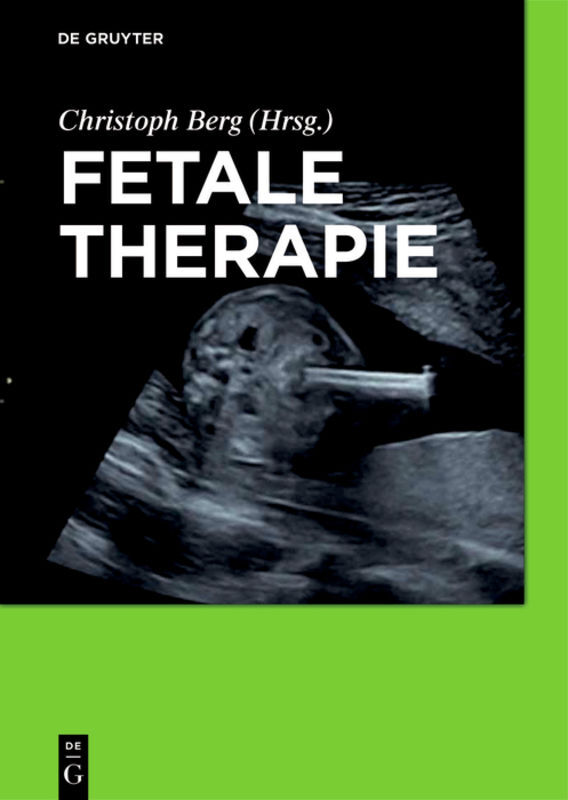
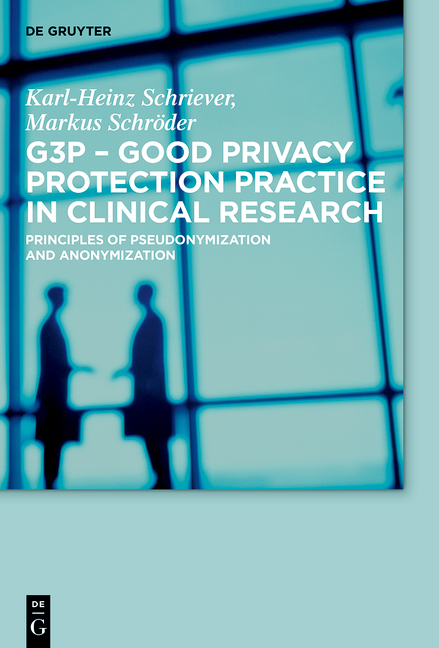
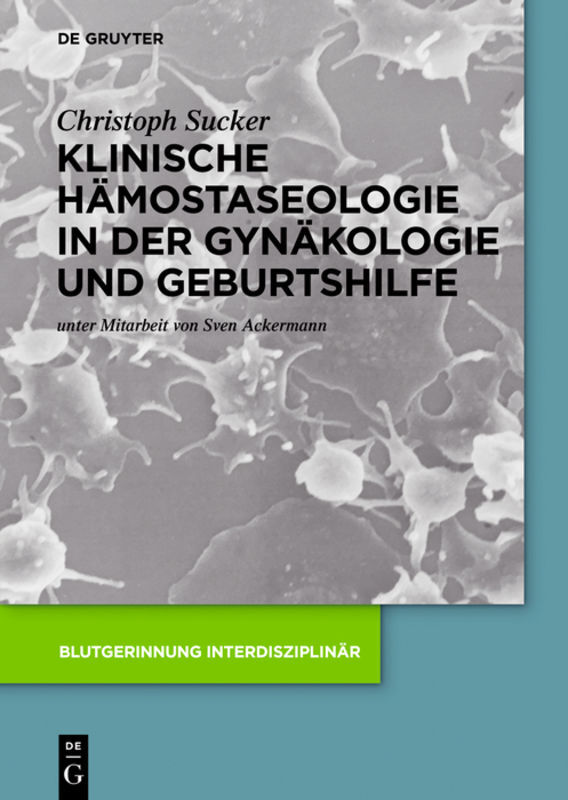
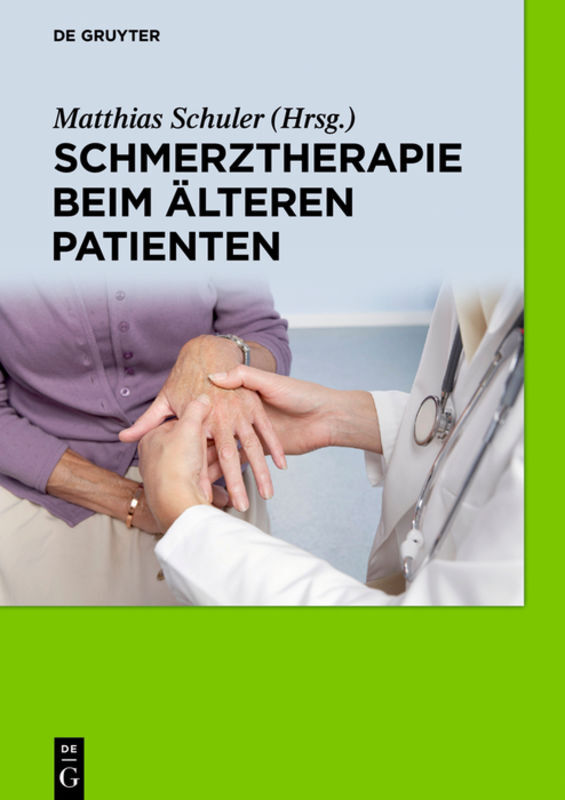
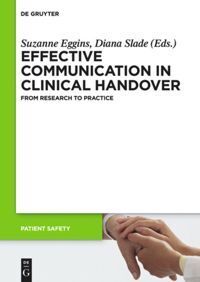
![[Set Hempfling/Krenn, Schadenbeurteilung, Band 1+2] [Set Hempfling/Krenn, Schadenbeurteilung, Band 1+2]](https://www.deutscher-apotheker-verlag.de/media/1d/8e/be/1686112867/9559945100001A.jpg)
